
Human traffickers target the most vulnerable in our society and often make contact with children and teenagers online in incredibly subtle ways. Sadly, they can entrap children and teenagers so completely that these young people do not believe they have any way out.
As young people continue to access the Internet, traffickers are using technology in very sophisticated ways to hunt for victims. Many adults are not aware that some apps and online games are great hiding places for pimps.
In 2016, the Center for Cyber Safety and Education (CCSE) discovered that many children – in spite of their parents’ efforts to teach them about Internet safety – still accessed inappropriate material online.
The report states that 40 percent of children in grades 4-8 had communicated with a stranger online. Fifty-three percent of those gave out their phone numbers, and eleven percent actually met with a stranger in their homes or in other locations.
Kimberly Walden is the founder of the GLM2 Foundation, Inc. in Augusta, Georgia. She created this organization to help victims of sex trafficking and domestic violence heal from the atrocities of their pasts and develop skills for long-term well being in their futures.
Walden said, “There are so many apps that aren’t really apps. There’s one called the Calculator%. … [It looks] like a calculator, but underneath it [are] chatting apps where you can send pictures. And that’s another thing predators try to get you to do. They try to get you … to send some sort of a nude photograph of yourself or sexual image, and then they try to send a sexual image to you or try to coerce children to perform some sort of sex act on camera and send it.”
The Sarasota County Sheriff’s office published “21 Apps Parents Should Know About” based on data collected from its arrest of sex traffickers and child molesters. Popular apps for children and teenagers like Tik Tok, Snapchat and Whatsapp allow criminals to manipulate young people into being trafficked.
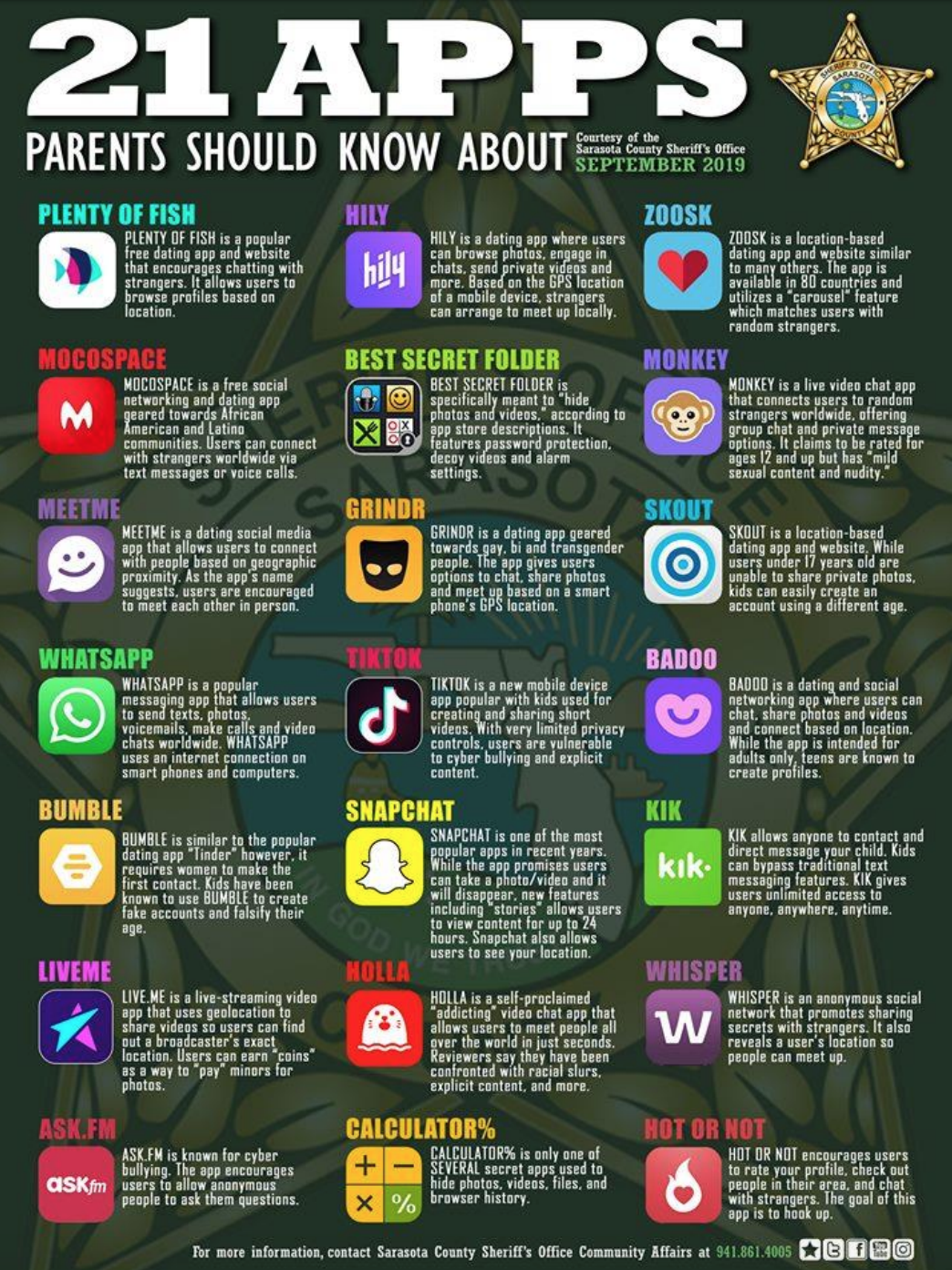
Walden said. “In the southeast region of the United States – which includes metro Atlanta and the CSRA (Central Savannah River Area) – we are upward of $290 million for sex trafficking.”
“And in the CSRA lately there’ve been a lot of stings taking place,” said Walden. “But again people don’t realize that it’s everyday people who can be pimps and its everyday people who can be victims.”
Brady Trapnell (WRDW/WAGT) reported that last December “there were 68 human trafficking cases pending in South Carolina state courts. Sixty-nine percent of those are in Aiken County, according to the state Human Trafficking Task Force.” He also said that there were almost 700 cases of human trafficking reported in South Carolina in 2019.
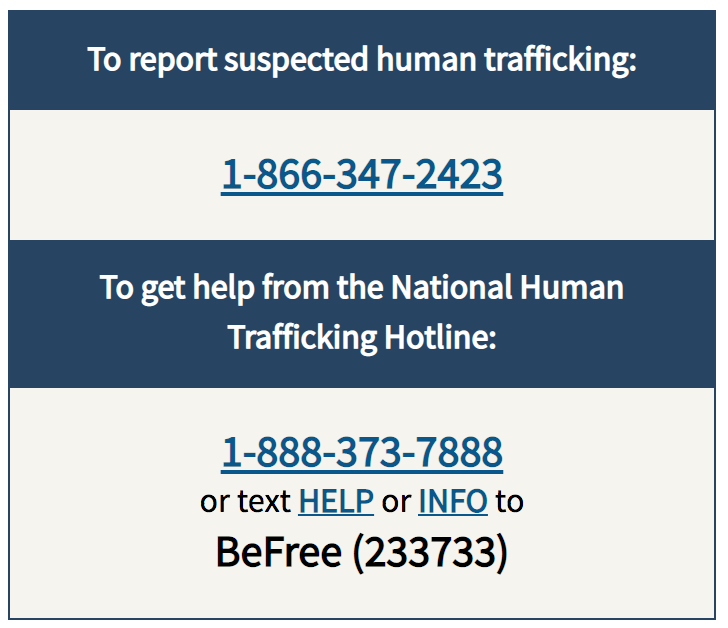
Shawn Cabbagestalk (WJBF) reported that – as recently as May – the police raided three motels in Aiken County where sex trafficking had been happening for years.
Sadly, there are many more cases that go unreported.
Liz Crawford (WTSP, Tampa Bay) and Patrick Craven, director of the CCSE, developed five questions parents can ask themselves to check how frequently they review their children’s online activities.
- How old was your child when he/she got a smartphone?
- Do you know your child/children’s passwords?
- Do you perform periodic checks on your kids’ devices?
- Do you know what apps are on your kids’ phones and how they’re used?
- Do you know if your kids talk to strangers online?
Experts recommend that parents discuss personal safety with their children frequently. The CCSE offers a Child-Parent Online Agreement and other free resources to help guardians talk with their children about this issue.
The National Center for Missing and Exploited Children offers parents a tip sheet for Internet safety through its NetSmartz website.
Walden recommends apps that parents can add to their children’s phones to monitor their safety:
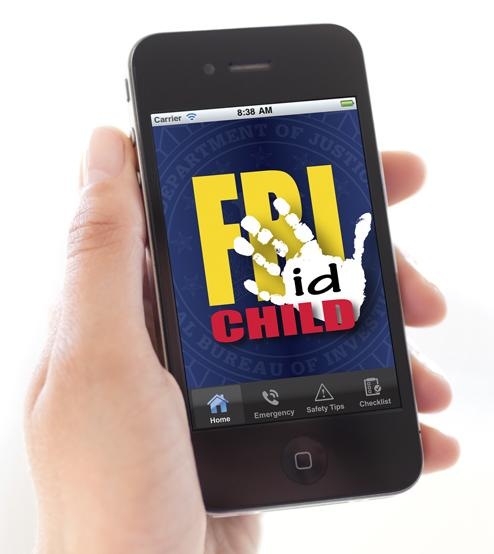
Parents who use the FBI Child ID app can store updated photos, physical descriptions and vital information about their children on their smart phones in case of an emergency. (Photo: fbi.gov)
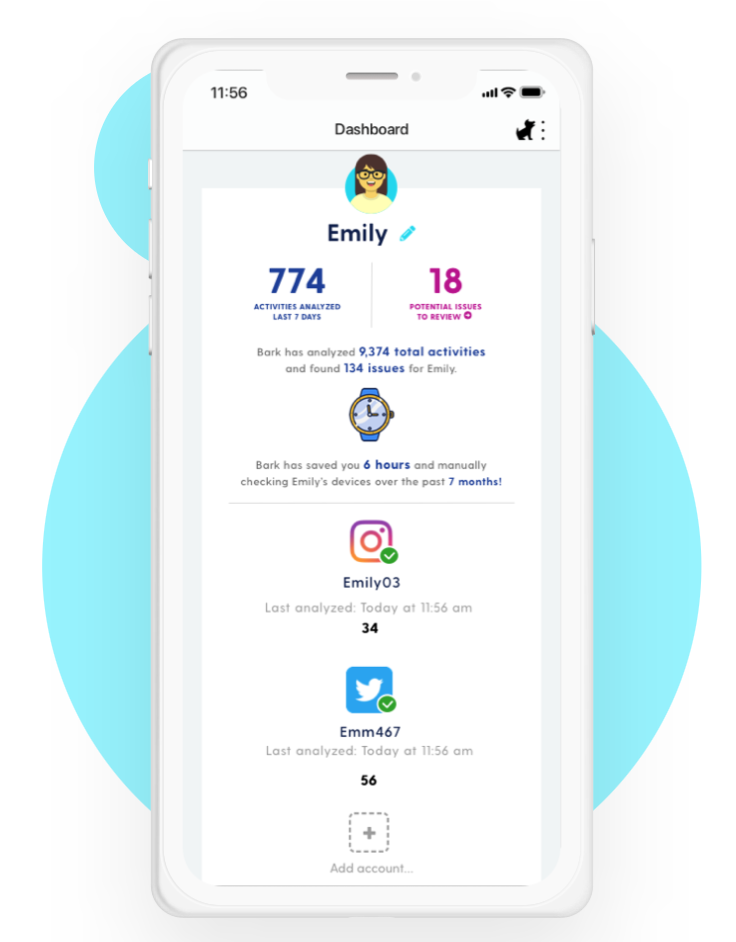
The Bark app alerts parents when their children have received questionable text and email messages and social media. The program can recognize generational changes in language to spot issues that parents may not see. The company states that its technology can identify messages with bullying, violent, depression, self-harm, suicidal and adult content. The app can be used free, but their plans of $5 per month and $14 per month offer varied degrees of options. (Photo: bark.us)
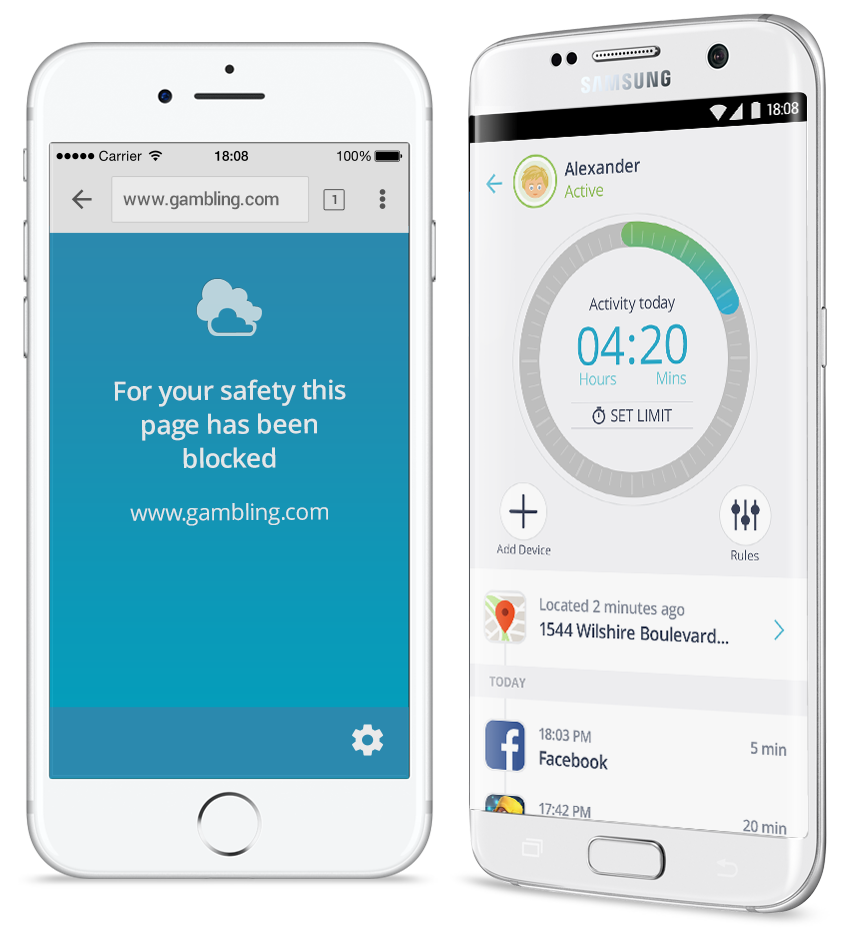
Qustodio allows parents to see how their children use apps on their own devices. In addition to filtering (a lot) of harmful content, the app allows parents to set limits for other apps that their children use. The company even provides a “Panic Button” and location tracker for emergencies. The app is free, but plans range from $4.58 per month (5 devices) to $11.50 per month (15 devices). (Photo: qustodio.com)
OurPact also gives parents control over how much screen time their children have on their devices. From their dashboards, parents can allow or block any of the installed apps. The app has a free version, but parents can buy plans of $1.99 per month and $6.99 per month. (Photo: ourpact.com)
